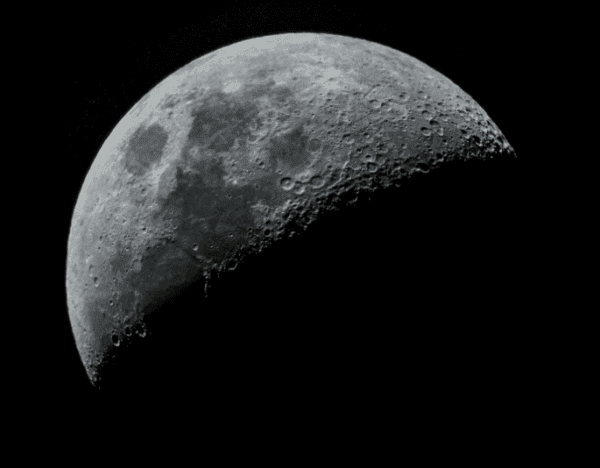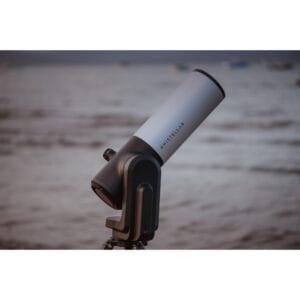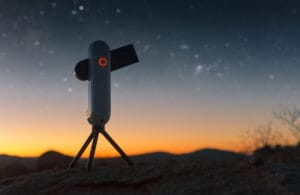The Magic of Moon Phases: Everything You Need to Know
The moon, our closest celestial body, constantly changes shape. This phenomenon, known as moon phases, offers an enchanting spectacle for anyone who looks up. But what causes these phases? And how can you best observe them? Whether you’re a beginner or an experienced stargazer, this guide helps you understand and fully appreciate the fascinating changes of the moon.
What are Moon Phases?
Moon phases are the different ways sunlight illuminates the moon during its orbit around Earth. They occur due to the relative position of the sun, Earth, and moon. This results in eight main phases that we can observe from Earth:
- New Moon: The moon is completely dark.
- Waxing Crescent: A narrow arc of light appears.
- First Quarter: Half of the moon is visible.
- Waxing Gibbous: More than half is illuminated.
- Full Moon: The moon shines in its full glory.
- Waning Gibbous: The light begins to decrease.
- Last Quarter: We see another half moon.
- Waning Crescent: A thin arc completes the cycle.
The complete cycle, also known as the synodic month, takes approximately 29.5 days.
Why are Moon Phases Fascinating for Stargazers?
The moon plays a unique role in astronomy. During a New Moon, the sky is dark, which is ideal for observing galaxies and deep-sky objects. Conversely, a Full Moon provides a bright viewpoint for beginners. The First Quarter and Last Quarter are especially perfect for viewing the moon’s craters and mountains due to the interplay of light and shadow.
Tips for Moon Observation
A telescope can reveal a world of detail invisible to the naked eye. Here are some tips:
- Use a moon filter: Reduces glare and increases contrast.
- Focus on the terminator: This is the dividing line between light and shadow, where most details are visible.
- Check a moon calendar: Plan your observations to see specific phases.
- Try astrophotography: Use a camera to capture the moon’s beauty.
Interesting Facts about Moon Phases
- Gravitational effects: Moon phases influence Earth’s tides.
- Cultural impact: Many calendars, such as the Islamic and Chinese, are based on the lunar cycle.
- Supermoon: This occurs when the full moon is closest to Earth, making it appear larger and brighter.
Moon Phases and Telescopes
With a telescope, you can discover more about the moon than you ever imagined. From its craters to the mysterious dark regions, each phase offers something unique. Beginners can start with an entry-level telescope like the StellarVision, while advanced observers can benefit from telescopes with higher resolution and advanced accessories.





